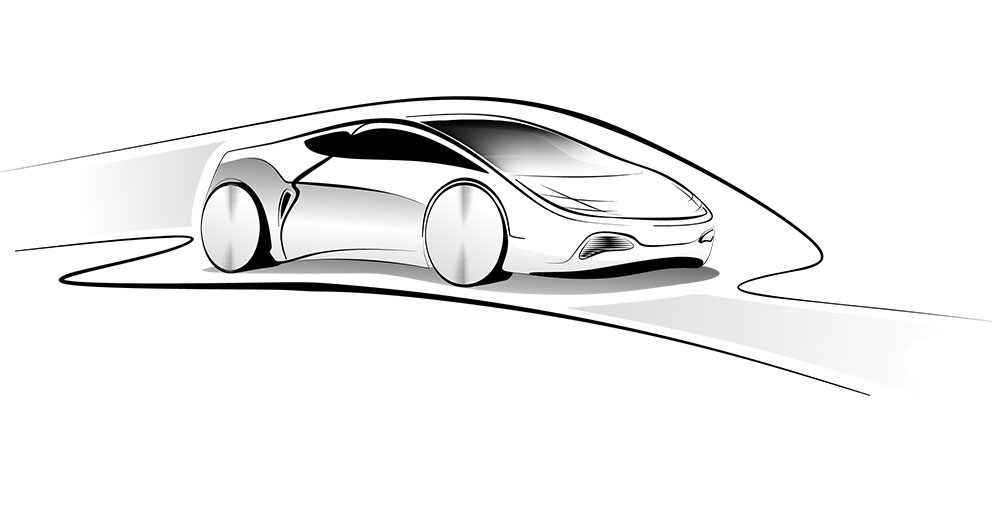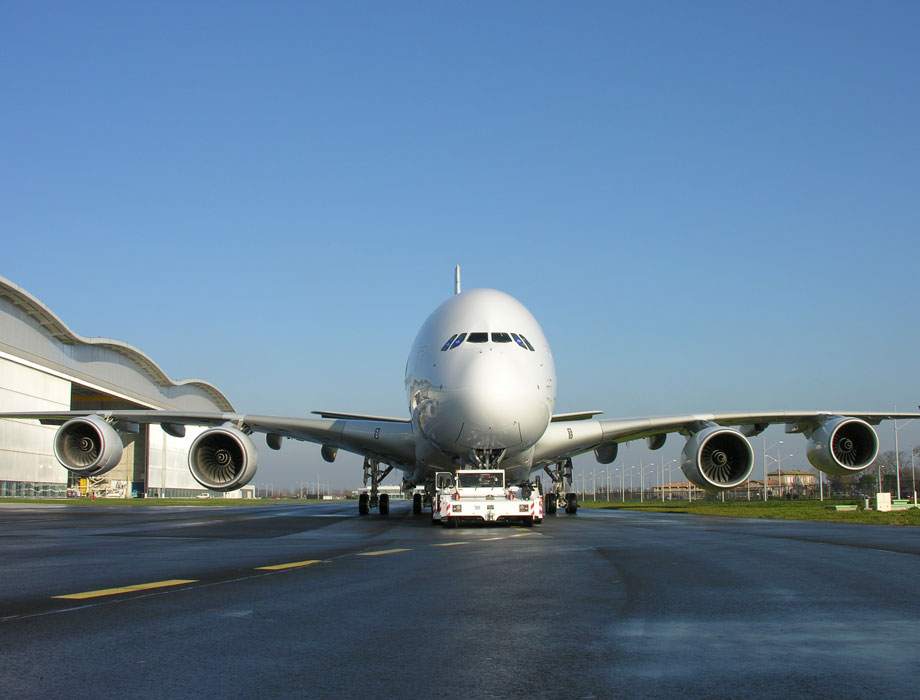What are the possible applications for Schubert & Salzer valves in the automotive, aerospace and shipbuilding industries? The answer: an infinite number.

In the field of automotive construction, the area of application ranges from the engine test benches to fuel cell test benches, heat exchangers for sports cars through to direct utilisation on the vehicle, e.g. in order to regulate the water supply for fire-fighting vehicles. Our pinch valves assist in dosing the paints in painting facilities and, in engine block casting machines, our ultra-precise sliding gate valves regulate the furnace head pressure. Thanks to their extremely accurate control ratio, they ensure that the casting characteristic curve remains constant during the casting process. A further area of application is the cleaning and deburring of workpieces for the automotive industry. Here, the cleaning agent is sprayed on to the surface to be cleaned under a high amount of pressure. The seat valves and sliding gate valves have both equally proven themselves in this segment.

Pressure is also used in the aviation construction segment. Here, Schubert & Salzer valves are used to test airplane engines and simulate cabin pressure. During the flight, the cabin air pressure is maintained at approx. 1.6 to 1.8 bar which corresponds to the pressure at a height of 1,800 metres. However, the natural air pressure at a flying altitude of 11,000 metres is significantly lower which is why the aircraft's fuselage expands slightly. This effect that, over time, contributes to material fatigue is simulated by means of a pneumatic plant. The compressed air used here is regulated using Schubert & Salzer valves.
The ship construction segment is also subject to extremely high safety demands. In particular, the low spatial conditions mean that the utilised valves must be as compact as possible, be light and, despite the high rangeability, be low-maintenance and easy to service. Therefore, our sliding gate valves are also extremely popular here and are used for the regulation of thermal oil (in heating circuits), water preparation, for the control of fresh, cold and warm water and for the generation of steam for instance. Segmented disc orifices are becoming more common in the primary and auxiliary machines of large container and passenger ships in order to set the cooling performance on the individual cylinders. Using these manually adjustable throttling elements, the cylinder temperature of a large 2 or 4-stroke engine can be accurately set during commissioning or re-adjusted at a later date.



